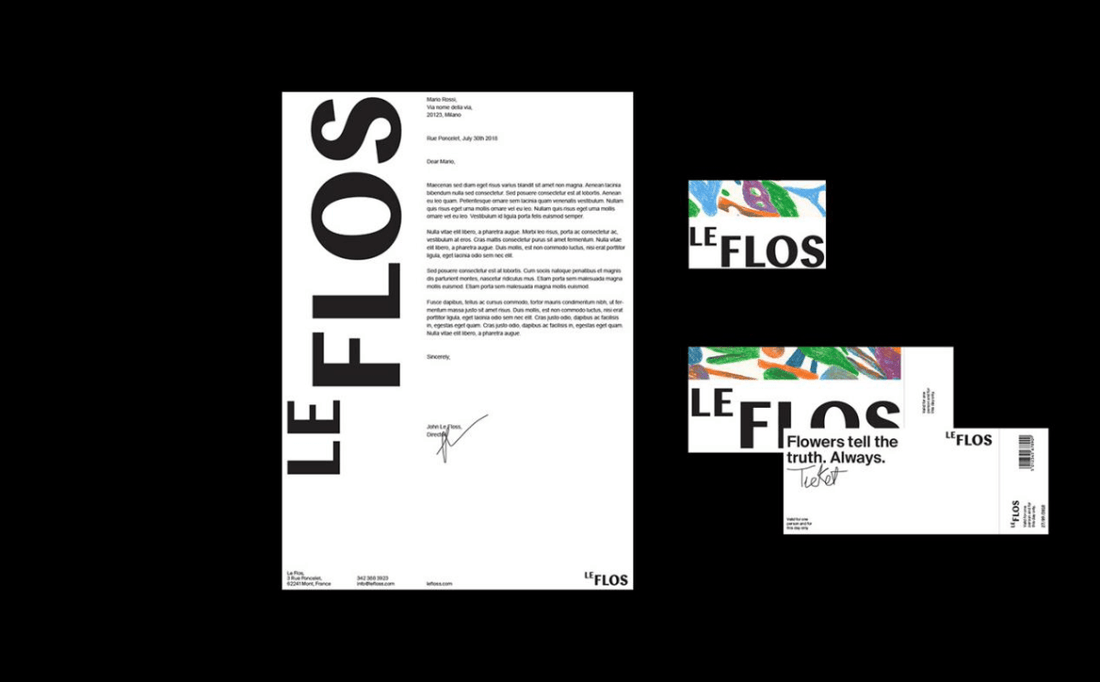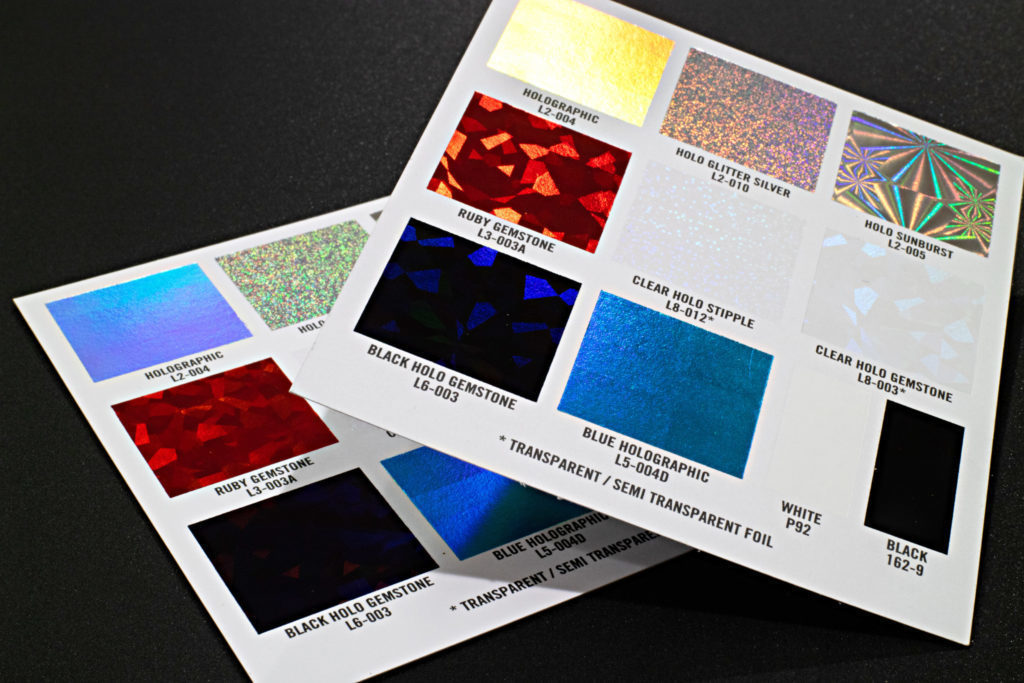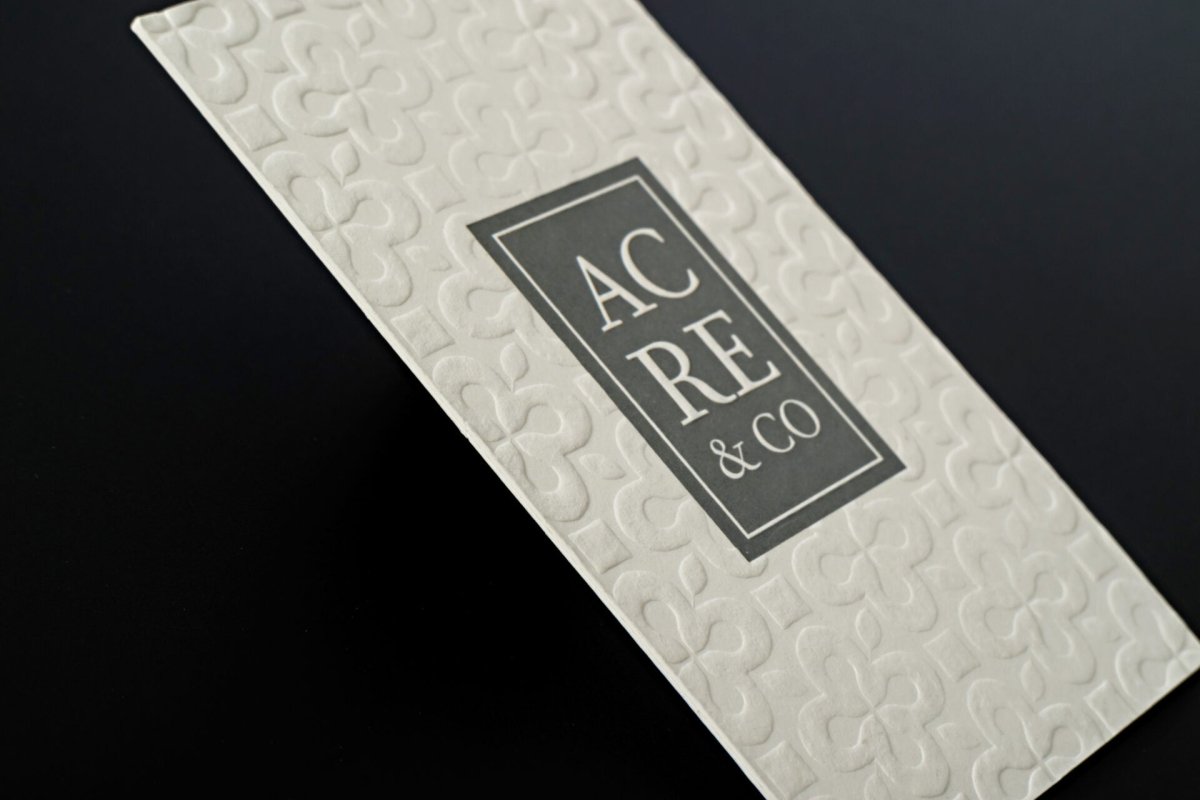
How to brand yourself?
adminShare
Design by: Andrea Bianchi
How You Can Brand Yourself in 12 Simple Steps
In 2002, Volkswagen’s launch of a premium, full-size luxury car, the Phaeton, failed because of demographic miscalculation, lack of understanding of target audience and weak marketing. The launch of Barnes and Noble’s Nook eReader failed due to B&N being unable to convince their audience of why they need an eReader from a company whose specialty is book-selling, especially when Apple’s iPad and Amazon’s Kindle already existed. Dove’s 2018 “Real Beauty” campaign also met failure at the end when their products’ packaging, done the wrong way, sent the wrong message about the female figure instead of upholding a positive body image. Notice anything in common among all these business failures? Why did they fail to meet the demands of target audiences? How did they mismanage products that could have been useful? Where did it all go wrong? It’s a one-word answer, really. Branding. The very lack of it caused such businesses, among many others, to fail.What Does Branding Mean?
‘Brand’ is Old Germanic for “marking with a hot iron to signify ownership.” The term has traveled to us across centuries to give pretty much the same sense. Branding is marking so as to own something or someone, to make it stand out from the rest. Suppose you have just adopted a black Labrador for a pet. Most of your neighbors have black Labradors for pets, too. To mark yours as yours, you will most probably get a collar for your dog, give it a name, build a place for it to sleep in and so on. This process of “marking” that dog as your own is what is considered branding. Not by something as intense as fire or coals, but by simple techniques that say a thing or two about you, too. Simply Put, Personal Branding Is…- “…the sum total of impressions a customer has, based on every interaction they have had with you, your company, and your products.” (Lucidpress)
- Your promise to your target audience.
- “…a personality that identifies a product, service or company, including a name, term, sign, symbol or design. A brand also represents the relationships between customers, staff, partners, investors, and so forth.” (Boundless)
- Your life and work joined together and shared in the form of your life’s work.
- "...the set of expectations, memories, stories, and relationships that, taken together, account for a consumer’s decision to choose one product or service over another." (Seth Godin)
- An amalgamation of your goals, interests, ethics, values, unique traits and beliefs etc.
- “...what people say about you when you’re not in the room.” (Jeff Bezos)
- Not within a company or organization but in the minds of your customers.
What Does It Have To Do With Me?
If you think that at the end of reading this guide, all you would have gained is greater knowledge, you are sorely mistaken. Before going any further, ask yourself this: if my product/service were a person, how many friends would it have? How many people would want to come up and say hello to this person? If you’re finding yourself stuck at a rut with this one, keep reading. For coming up with no answer to the above question is a clear sign your product or service needs branding. In fact, if anything, the question no longer remains of if you need branding yourself or not, but of how to go about it. It’s a must, no questions asked. You ARE your brand - and that is all the reason you need to familiarize yourself with personal branding. Who you are, what your interests and beliefs are, why your goals are what they are…all resonates loudly in your brand. So when consumers familiarize themselves with your brand, they are directly getting to know you. For, after all, every creator leaves pieces of their soul into his/her creations. Be it a product/service you have launched, a simple business idea or someone else in need of branding, this guide can be interpreted in every sense for its underlying idea is the same: how you can effectively put yourself and/or your product under the spotlight.Where Do I Start From?
Most entrepreneurs and business professionals start thinking about personal branding once they have launched a product/service, either prior to sales or after. However, you can also start the process before launching any product/service, given the surety of the launch. This is more difficult than branding once your product/service has passed the launch and sales levels. Because the tools, tips, and tricks you need to apply to begin branding your product/service only become evident once you have that product/service in hand. Whatever the case may be, to start branding yourself or your products, you need these initial steps to brand your business:-
Know Thy Self

Design by: Chelsey Elaine
What are your interests? Who do you wish to attain? How do you plan to go about it? What descriptors describe you best? You need to reflect all of this in the way you create your brand identity, for its YOUR identity after all. A very important step in knowing yourself is first understanding how others view you. Conduct your own surveys about you. Make a list of the descriptors people assign to you. Are they in fact who you are? Think of yourself in different contexts. How do you behave as a learner, a teacher or a professional? Are you good at giving advice or practically solving others’ problems yourself? All these personal aspects are stepping stones into creating what they call your “brand’s voice” in the business world.-
Make Yourself Known
 Your audience will need to know the person behind the mask. The internet is both a veil and a concealer today. If you can hide from them, you can also popularize yourself. Your target audience will feel much more comfortable once they see the brains behind the brands. Psychological researches over the past have repeatedly shown humans making better decisions once they know what the person they’re dealing with looks like. Don’t confuse this with racism, though. It just means that in business, you need the audacity to show yourself if you want your audience to work with you. Get some good headshots made. A smile goes a long way. Friendliness invites more customers than you know. It’s crucial to have a voice of your own, yes. But you also need to give that voice a face.
Your audience will need to know the person behind the mask. The internet is both a veil and a concealer today. If you can hide from them, you can also popularize yourself. Your target audience will feel much more comfortable once they see the brains behind the brands. Psychological researches over the past have repeatedly shown humans making better decisions once they know what the person they’re dealing with looks like. Don’t confuse this with racism, though. It just means that in business, you need the audacity to show yourself if you want your audience to work with you. Get some good headshots made. A smile goes a long way. Friendliness invites more customers than you know. It’s crucial to have a voice of your own, yes. But you also need to give that voice a face.
-
Know Your Audience

Design by: Hamid Sepahzad
You must have seen this phrase at the beginning of every journal and article based on similar subjects. It’s because it’s the driving force behind such processes as branding. Without this, it’s worse than finding a needle in a haystack; it’s like finding one in an entire field. You simply have to cut down to the chase to identify your target audience. Is there a product people in your locality need to get familiar with? Is there any issue they are facing with some current service? Can you resolve that issue in the form of your own services? You can read online forums to know what customers are talking about, difficulties they are facing, suggestions they are giving, things they want, things they don’t want. Get to know them inside out. This is the clay you need to give your brand a face with. RELATED: What Is Branding & How to Make a Big Brand?-
Research
- Barry Moltz
- Dave Carroll
- John Jantsch
- David Meerman Scott
- Dave Kerpen
- Mike Michalowicz
- John Bates
- Michael Port
-
Identify Your Brand’s Position in the Market
-
Create a Straightforward Value Proposition
-
Select a Business Name

Design by: Tobias Hall
What’s in a name? Everything. Anything. Haven’t you ever been attracted to a name and decided to start a conversation with them? Many times, consumers will scroll through their business feed and stop at a name that attracts to them at first glace. But it’s more than attractiveness. Your person, your brand, needs to have a name that is a mirror of all its attributes, a representative of the goods and services your business is providing.-
If You Can’t Convince Them, Confuse Them

Design by: Tobias Hall
Creating a brand slogan is one of the hardest things you’ll have to do in this process. But it’s also one of the things that will get your brand the spotlight it deserves. You need to create a compelling brand slogan. This is much like the “elevator pitch” concept used in Hollywood. When the idea behind a movie is to be forwarded, they don’t narrate the whole story, but a one-liner which has to be pitched in even if you are standing in an elevator. Keep it short, catchy, and spicy. If you can’t come up with a brand slogan to convince your audience to use your product/service, create one that confuses them in a way that they start to contemplate on the need to do business with you.-
Creating the Right Typography

Design by: Prathamesh D.
How do you mostly dress up before attending an event? First, you think of the type of occasion it is, its theme (if any), what colors would go well with the time the event is scheduled at, the appropriacy of your clothes according to the level of formality/informality… This would be, more or less, the routine to be followed. Think of your brand’s typography in the same context, like dress-up. Use color psychology to your advantage. People are attracted to vibrant colors. So use a bright color palette consisting of various colors complimenting each other. You wouldn’t want to mess up a lot of shades, though. Just something simple yet elegant enough, reflective of your brand image. Aside from the name, your brand’s logo will be a true representative of your brand’s personality. Consider brands such as Virgin Records, who’s initial logo was a literal depiction of their name. Whatever you decide to go with, just remember that your brand logo is the face you give to this hypothetical personality we are calling a brand. That face can be as welcoming as you want…or the entire opposite. If you don't have a clear idea of how to express your brand with colors and designs, you can take advantage of a great Printing and Designing Company like Peppermint Dev to help and guide you through the process.-
Be Purposeful and Sincere
-
Extending and Evolving Your Brand
-
Don’t Forget the 7 C’s of Communication


